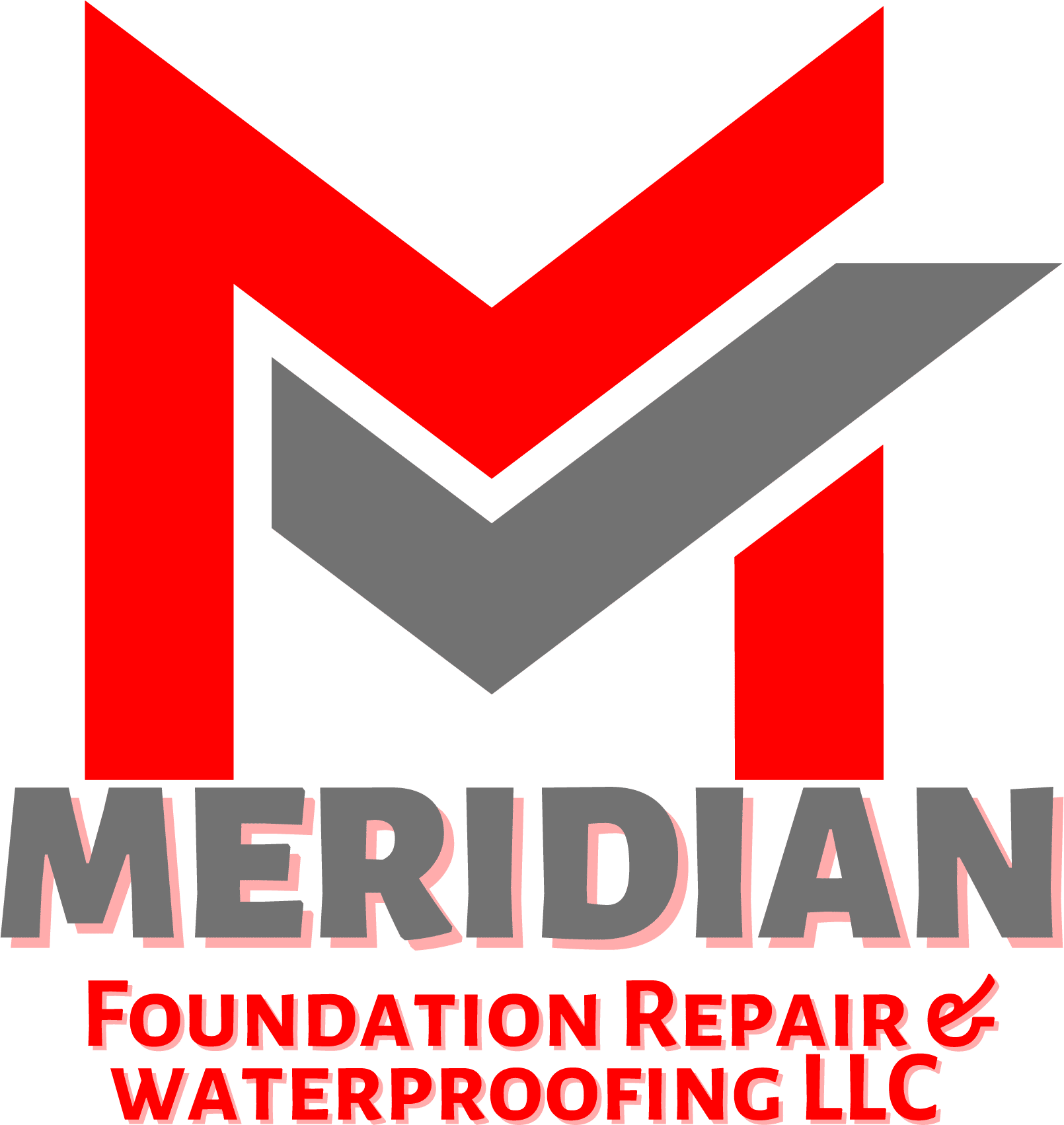Water damage, whether abrupt or gradual, can pose significant threats to both homes and businesses, resulting in structural deterioration, the proliferation of mold, and potential health risks. The restoration process entails several essential steps aimed at efficiently mitigating the damage and guaranteeing the safety and welfare of the affected area.
Assessment And Inspection In Water Damage Restoration
Purpose Of Inspection
The primary purpose of an inspection in water damage restoration is to identify whether the affected area can be safely operated, adjusted, and maintained, with any deterioration detected and remedied before it results in health and safety risks. It is also essential to assess the potential hazards and safety concerns associated with the water damage, including the risk of mold growth and structural instability.
Risk Assessment
The frequency and thoroughness of inspection should be determined through a comprehensive risk assessment, considering the manufacturer’s recommendations, industry advice, and previous experience in similar situations. This risk assessment helps in identifying the areas that require immediate attention and those that can be addressed in subsequent stages of the restoration process.
Documentation And Reporting
Documenting the findings of the assessment is crucial for insurance purposes and for tracking the progress of the restoration process. A detailed inspection report provides a clear overview of the extent of the damage, the areas requiring immediate attention, and the potential risks associated with the water damage.
Mold And Contamination Assessment
In cases of water damage, especially from sources such as flooding or sewage backup, assessing the potential for mold growth and contamination is essential. Inspection should include identifying areas where mold has already developed and assessing the risk of microbial contamination in the affected space.
Professional Expertise
In complex water damage scenarios, involving professional restoration experts for the assessment is crucial. They have the expertise and tools to conduct thorough inspections and accurately assess the damage.
Continuous Monitoring
Continuous monitoring and reassessment of the affected area throughout the restoration process are essential to ensure that all aspects of the damage are addressed effectively. This ongoing assessment helps in identifying any new risks or issues that may arise during the restoration process.
Mold Remediation: Understanding The Basics And Process For Removal
Areas Prone To Mold Growth
Mold can develop in various areas of a home, especially where water is present. This includes attics, crawl spaces, wall interiors, basements, kitchens, under sinks, and around chimneys, among others.
Mold Remediation Process
The Environmental Protection Agency (EPA) outlines that moldy areas less than 10 square feet can be remediated by the homeowner, while larger areas may require the expertise of a mold remediation contractor. Mold remediation involves a comprehensive process that includes mold testing, removal, demolition, sanitizing, containment, and mold cleaning, tailored to the specific mold growth scenario.
Health Implications And Professional Remediation
Mold can have serious health implications, particularly for individuals with respiratory conditions and pets. Therefore, professional remediation by certified, trained professionals is recommended for abnormally high mold levels.
Cost Considerations
The cost of mold remediation can vary based on factors such as the size of the affected area, labor costs, and the need for specialized services. Acting quickly on mold removal is emphasized to prevent its spread and maintain healthy indoor air.
Cleanup And Disposal
Porous materials like ceiling tiles and carpets may need to be discarded if they become moldy, as mold can be difficult to remove completely from such materials.
Importance Of A Remediation Plan
Having a written remediation plan benefits both homeowners and contractors, providing a structured approach to mold remediation and protecting the contractor from liability. While not required in all jurisdictions, a remediation plan is considered crucial in ensuring the quality of remediation work.
Mold remediation is a multifaceted process that demands careful assessment, professional expertise, and a systematic approach to effectively address mold growth and its associated risks. Understanding the basics of mold remediation is essential for homeowners and professionals alike to ensure the thorough and safe removal of mold from indoor environments.
Conclusion
Water damage poses a considerable risk to both residential and commercial properties, leading to potential structural issues, mold proliferation, and other severe repercussions. It is crucial for property owners to remain vigilant in promptly identifying and addressing water damage to mitigate further deterioration. By comprehending the causes and repercussions of water damage and implementing preventive measures like routine maintenance and inspections, property owners can reduce the likelihood of water damage and safeguard their investments in the long run.


